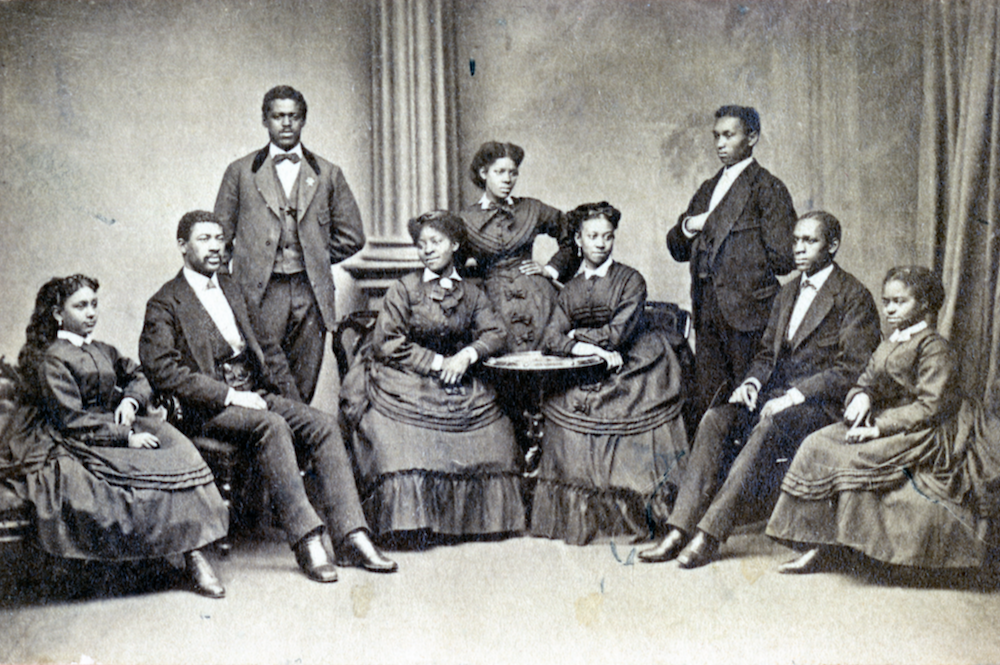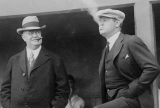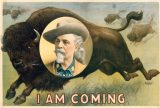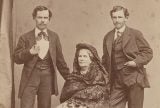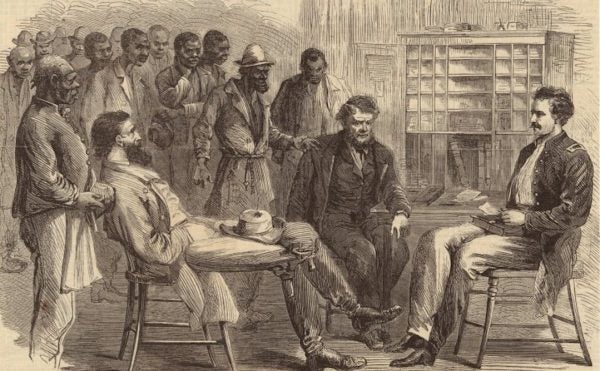How African American Spirituals Moved From Cotton Fields to Concert Halls
After the Civil War, Touring Groups of Black College Singers Popularized Slavery-Era Songs, Giving Rise to a New Musical Genre
“Swing low, sweet chariot….” These words are familiar to many Americans, who might sing them in worship, in Sunday school, around campfires, in school, and in community choruses. But the black singers responsible for introducing this song, and hundreds of other slave spirituals, to white America after the Civil War remain underrecognized almost 150 years later.
Spirituals are sacred songs composed anonymously by black Americans. Before the Civil War they were sung in the privacy of black spaces—the brush arbor, the praise house, the cotton field, the levee. After the …




